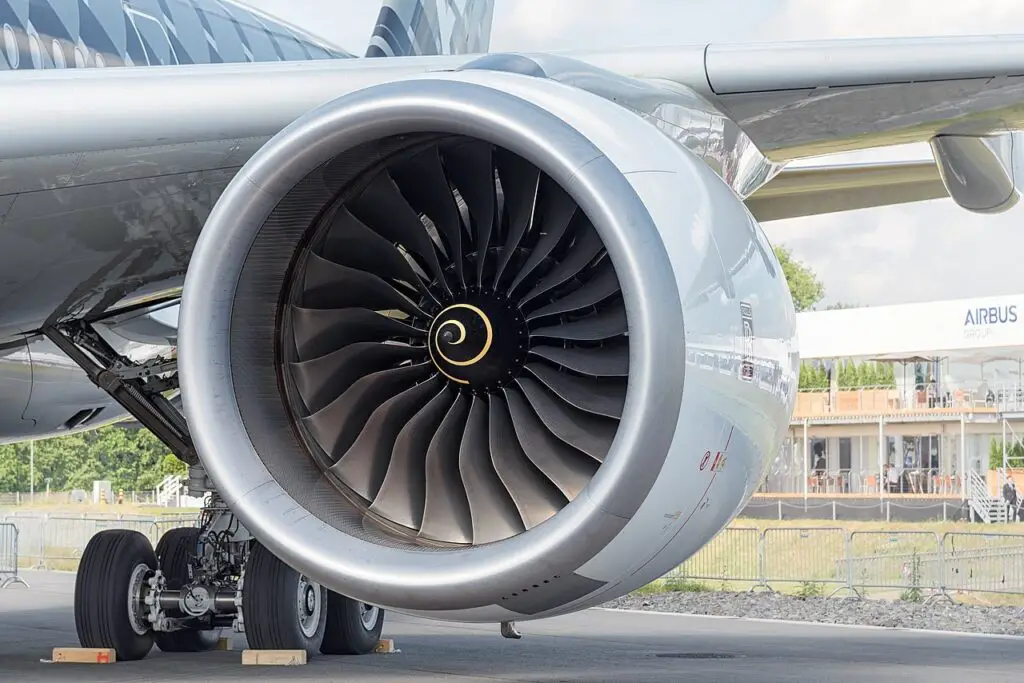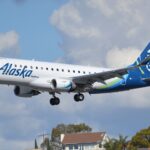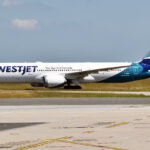The Federal Aviation Administration (FAA) has issued a critical Airworthiness Directive (AD) affecting all Airbus A350-941 and A350-1041 aircraft, following a similar directive from the European Union Aviation Safety Agency (EASA) in late 2023.
The FAA directive, effective from September 25, 2024, focuses on a potential defect in the T-Ducts of the Engine Bleed Air System (EBAS), requiring the urgent replacement of the affected parts to mitigate safety risks.
The FAA’s AD was prompted by recent reports from a Rolls-Royce subcontractor, revealing that certain T-Ducts in the EBAS installed in Rolls-Royce Trent XWB-75, XWB-84, and XWB-97 engines may not meet the design specifications due to a quality control issue during manufacturing. This defect raises significant safety concerns, including the risk of an uncontained engine rotor failure or uncontrolled engine fires.
The ducts, identified by part number RR03-11011-001, are critical components of the engine’s pneumatic system. If these parts crack, they could cause air leaks and the release of high-energy debris, posing a serious threat to the operational safety of the aircraft and potentially leading to a loss of control.
FAA Directive Impacts 32 Airbus A350 Aircraft Registered in the U.S.
According to the FAA directive, operators must replace the affected ducts before the aircraft reaches a specific number of flight cycles (FC). For A350-900 models, the replacement is mandatory before exceeding 5,700 FC, and for A350-1000 models, the limit is 8,200 FC. If the duct’s history is uncertain, operators have a maximum of 20 months from the installation date to complete the replacement.
The FAA also restricts new T-Duct installations unless they comply with strict service standards, ensuring adherence to the latest safety regulations.
This FAA directive is expected to affect 32 Airbus A350 aircraft registered in the United States, with an estimated total compliance cost of approximately $4.1 million. Each aircraft is projected to incur costs of up to $128,725 for parts and labor.
The directive urges Airbus A350 operators to meet these requirements to ensure the continued safety and airworthiness of their fleets. It also recommends timely compliance in coordination with their maintenance teams.














